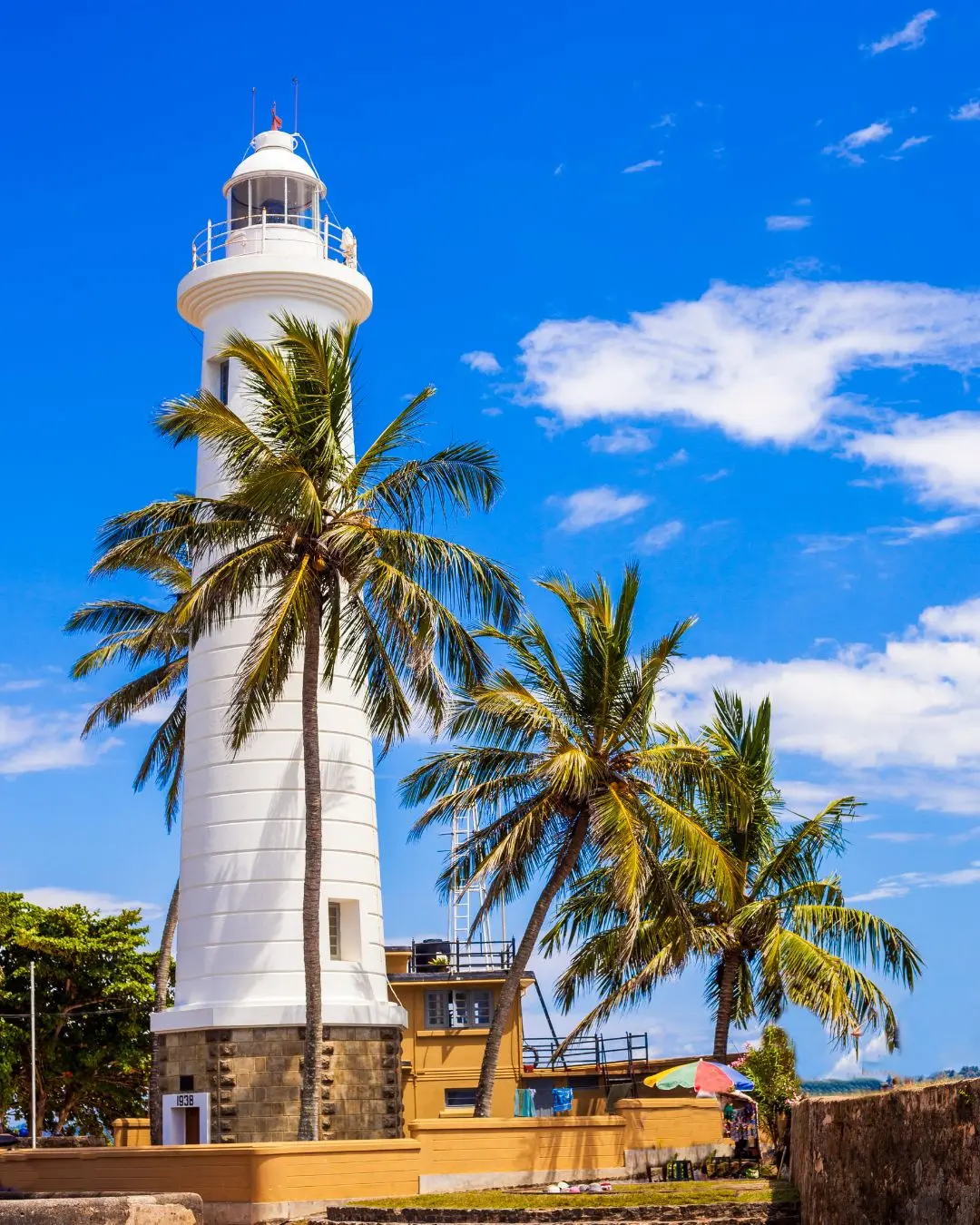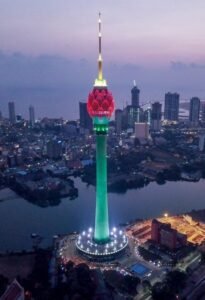
KANDY
April 7, 2025
Ella
April 7, 2025
KANDY
April 7, 2025
Ella
April 7, 2025
Galle Fort
Nestled on the southwestern coast of Sri Lanka, Galle Fort stands as one of the most captivating landmarks on the island. With its stunning blend of colonial architecture, narrow cobbled streets, and rich history, Galle Fort is a must-visit destination for anyone interested in Sri Lanka’s colonial past and vibrant present. Recognized as a UNESCO World Heritage Site, Galle Fort offers an unforgettable experience for history buffs, culture enthusiasts, and travelers looking to explore Sri Lanka’s fascinating history.
The History of Galle Fort
Galle Fort’s story dates back to the 16th century when the Portuguese first built a fort on the site. The Dutch expanded the fort’s structure in the 17th century, and it was later occupied by the British during the colonial era. The fort’s strategic location on the coast allowed it to control trade routes and become an important center of commerce during colonial rule. Today, the fort remains remarkably well-preserved, offering a glimpse into the island’s colonial past through its architecture and layout.
Walking through the fort is like stepping back in time, with the old town’s layout, forts, and cobblestone streets still intact. The fort’s blend of European, African, and Asian influences is evident in its architecture, offering a captivating insight into Sri Lanka’s diverse cultural history.
Top Attractions Within Galle Fort
- The Ramparts: One of the most iconic features of Galle Fort is its massive ramparts, which offer panoramic views of the Indian Ocean. Walking along these ramparts, you can imagine the fort's role in defending the island against sea invaders. The views of the coastline, combined with the historical atmosphere, make the ramparts a perfect spot for a leisurely walk and photography.
- Dutch Reformed Church: Built in the 18th century, the Dutch Reformed Church is one of the oldest and most significant buildings in Galle Fort. The church's beautiful architecture, featuring a combination of Dutch and Sri Lankan styles, adds to the charm of the fort. Inside, you’ll find intricate carvings and memorial plaques dedicated to the early colonial settlers.
- Galle Lighthouse: Standing tall at the tip of the fort, the Galle Lighthouse is an iconic structure that offers stunning views of the sea. Built by the British in 1848, it is one of the oldest lighthouses in Sri Lanka. Visitors can enjoy the lighthouse’s majestic presence and explore the surrounding area, offering great opportunities for photography, especially at sunset.
- National Maritime Museum: Housed in a colonial-era building that was once the Dutch warehouse, the National Maritime Museum offers an in-depth look at Sri Lanka's maritime history. The museum showcases a range of exhibits, from ancient shipwrecks and maritime artifacts to displays about the island's role in international trade and exploration.
- The Old Gate: The Old Gate is the main entrance to Galle Fort, a landmark that has been standing for centuries. The gate, which bears the emblem of the Dutch East India Company, is an impressive structure with intricate carvings and serves as a reminder of the fort’s colonial history.
- The Lighthouse Clock Tower: This clock tower, located near the fort’s entrance, is a significant landmark that adds to the colonial charm of Galle Fort. The tower’s British-era architecture and the clock itself make it a favorite for tourists and photographers.
Shopping and Dining in Galle Fort
While Galle Fort is steeped in history, it is also a vibrant hub of activity. The fort’s narrow streets are lined with boutique shops, cafes, and galleries offering local handicrafts, art, jewelry, and antiques. The fort area is also known for its delicious food offerings, with a variety of restaurants and cafes serving everything from Sri Lankan curry to international dishes.
- The Fort’s Boutique Shops: Galle Fort is home to several boutique shops where you can buy handmade jewelry, local textiles, art, and souvenirs. The combination of colonial architecture and modern shops makes it a unique shopping experience.
- Dining at Galle Fort: For food lovers, the restaurants in Galle Fort offer a wide range of dining options. Enjoy fresh seafood at the Sunset Restaurant, taste traditional Sri Lankan dishes at The Fort Printers, or sip a cup of coffee at one of the many cozy cafes in the area.
Galle Fort’s Charm – A Walk Through History
What makes Galle Fort so unique is its ability to blend history, culture, and modern-day life seamlessly. As you stroll through its winding streets, you’ll encounter colonial architecture, ancient churches, and fortifications, all while passing by cafes, shops, and art galleries. It’s a destination that perfectly captures the essence of Sri Lanka’s colonial past and the modern vibrancy of today.
Best Time to Visit Galle Fort
The best time to visit Galle Fort is during the dry season, from December to April, when the weather is sunny and ideal for walking around the fort and exploring its attractions. However, Galle Fort is a year-round destination, with each season offering a slightly different experience. Early mornings and evenings are particularly nice for enjoying the cool breeze along the ramparts.
How to Get There
Galle Fort is easily accessible from Colombo (approximately a 2.5-hour drive), and it is well connected by train as well. The city of Galle, where the fort is located, is a popular stop for travelers and is easily accessible from other parts of the island.


